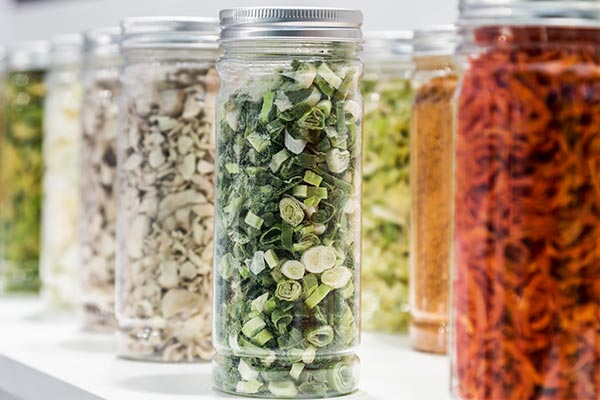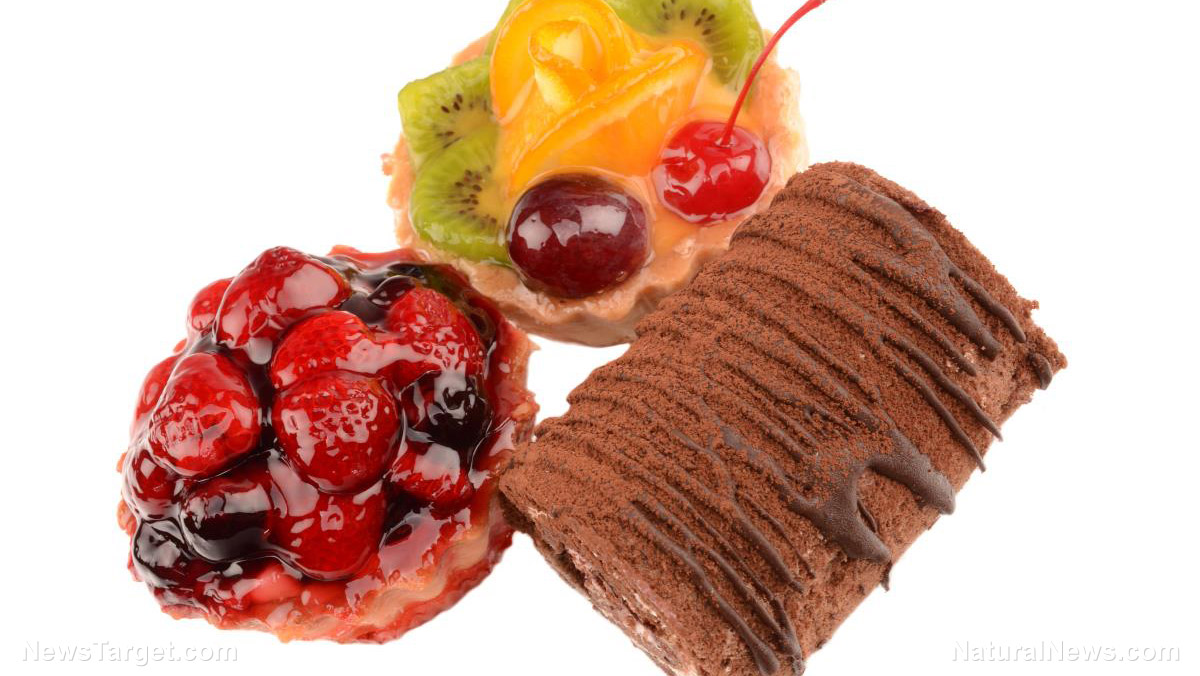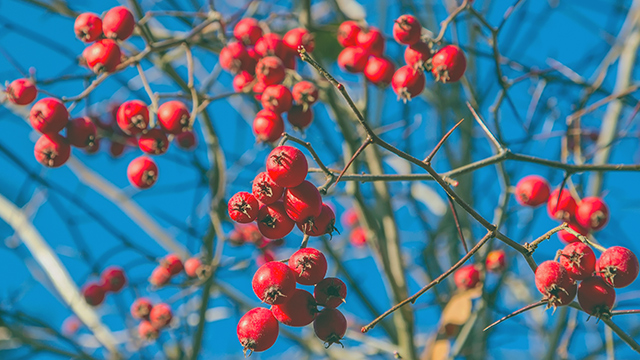 Parler
Parler Gab
Gab
Benefits of freeze-drying
The benefits of freeze-drying include:Whole food nutrition
Freeze-drying allows you to preserve foods without compromising their nutritional value. According to a study that appeared in the journal Dietary Phytochemicals: Nutrition and Health, freeze-dried foods retain at least 97 percent of their original nutrient content, such as essential vitamins and minerals, as well as potent antioxidants and beneficial phytonutrients – much more than other drying techniques, such as air-drying and heat-drying, which usually damage micronutrients and phytonutrients, as easily seen by the large changes in the foods' colors.All-natural food taste
Freeze-drying doesn't require the use of additives, synthetic chemicals or preservatives. It is a special form of drying that removes all moisture, stopping all enzymatic action and bacteria growth and also doesn't alter or affect the taste of foods, so you don't have to add flavor enhancers. Freeze-dried foods generally have better flavor and taste than dehydrated foods.Appearance, texture and smell
In freeze-drying, food is frozen and placed in a strong vacuum. The water in the food, then sublimates (it turns straight from ice into water vapor or gas). Because of this unique and gentle process, the food's structure, taste, texture, smell and nutritional content are wholly retained.Longer shelf life
Freeze-dried foods are considered to be "shelf stable" and have a shelf life of 15 to 30 years—a shelf life that other preservation methods cannot compare to. Freeze-dried foods remain fresh for longer periods because the process of freeze-drying removes up to 98 percent of the moisture (no more than five percent residual moisture), which significantly increases their shelf life, according to a study published in the journal Foods.Portability and easy, space-saving storage
The process of freeze-drying food removes more than 80 percent of its water weight and it is up to about 90 percent lighter to carry and more compact than the original product. When stored and sealed in an airtight container with an oxygen absorber, they don't need to be refrigerated or stored in a freezer.Convenience
Unlike dehydrated food, many freeze-dried super foods can be eaten dry as crispy chips. These dry chips can be eaten on their own as a nutritious snack or added to many different recipes to give meals a healthy unique twist.How to store freeze-dried food properly
Storing your freeze-dried foods in mylar bags (easiest and least expensive option) with an oxygen absorber and then placing those in a hard plastic container or buckets with lids on a shelf in a cold, dark storage room or pantry will result in the longest shelf life. Just keep in mind that:- Storage containers, such as glass or Mason jars, vacuum seal bags and even buckets, let light in. It is important that you store them in a dark space, such as a storage room or closet as light can decrease shelf-life.
- Mylar bags, vacuum seal bags and plastic bags are susceptible to animals, rodents and pests. You can store them in totes or food-grade buckets with lids for extra protection.
Facebook to start “fact-checking” climate change posts
By Divina Ramirez // Share
Food Compass rating system claims processed GMO junk food is healthier than meat
By Kevin Hughes // Share
VIDEO: ATF conducts surprise firearm inspection at man’s home without search warrant
By News Editors // Share
Hawthorn helps manage heart conditions without any side effects
By Mary Villareal // Share
Governments continue to obscure COVID-19 vaccine data amid rising concerns over excess deaths
By patricklewis // Share
Tech giant Microsoft backs EXTINCTION with its support of carbon capture programs
By ramontomeydw // Share
Germany to resume arms exports to Israel despite repeated ceasefire violations
By isabelle // Share










